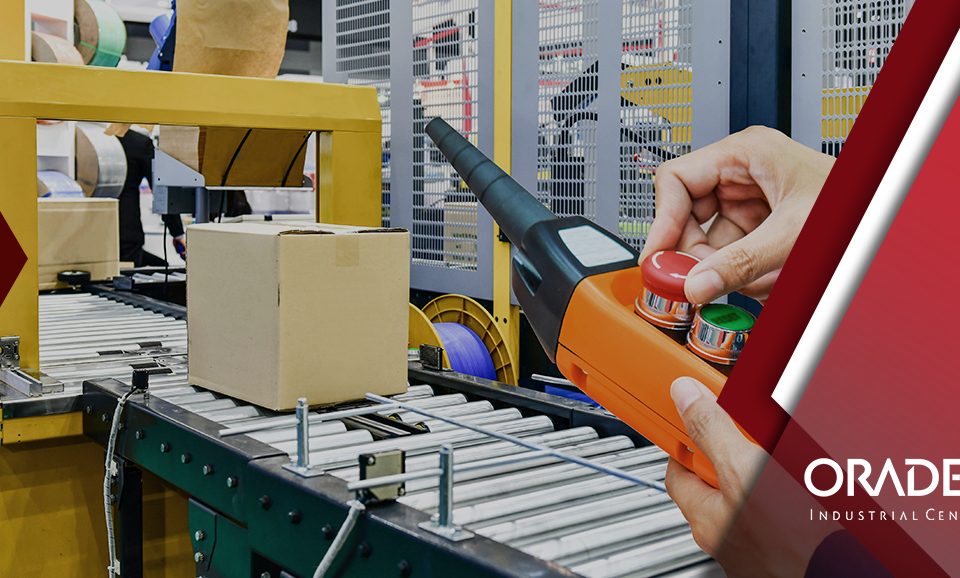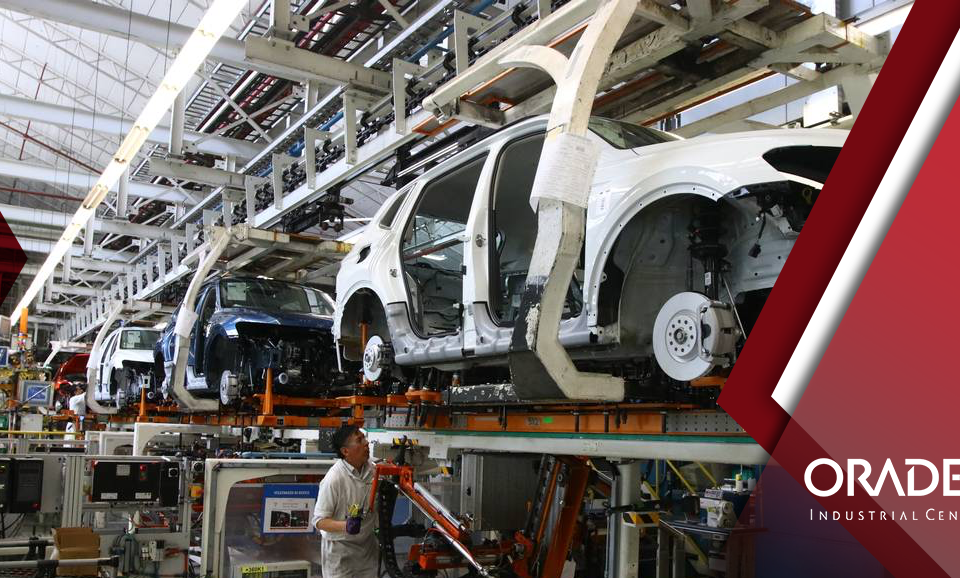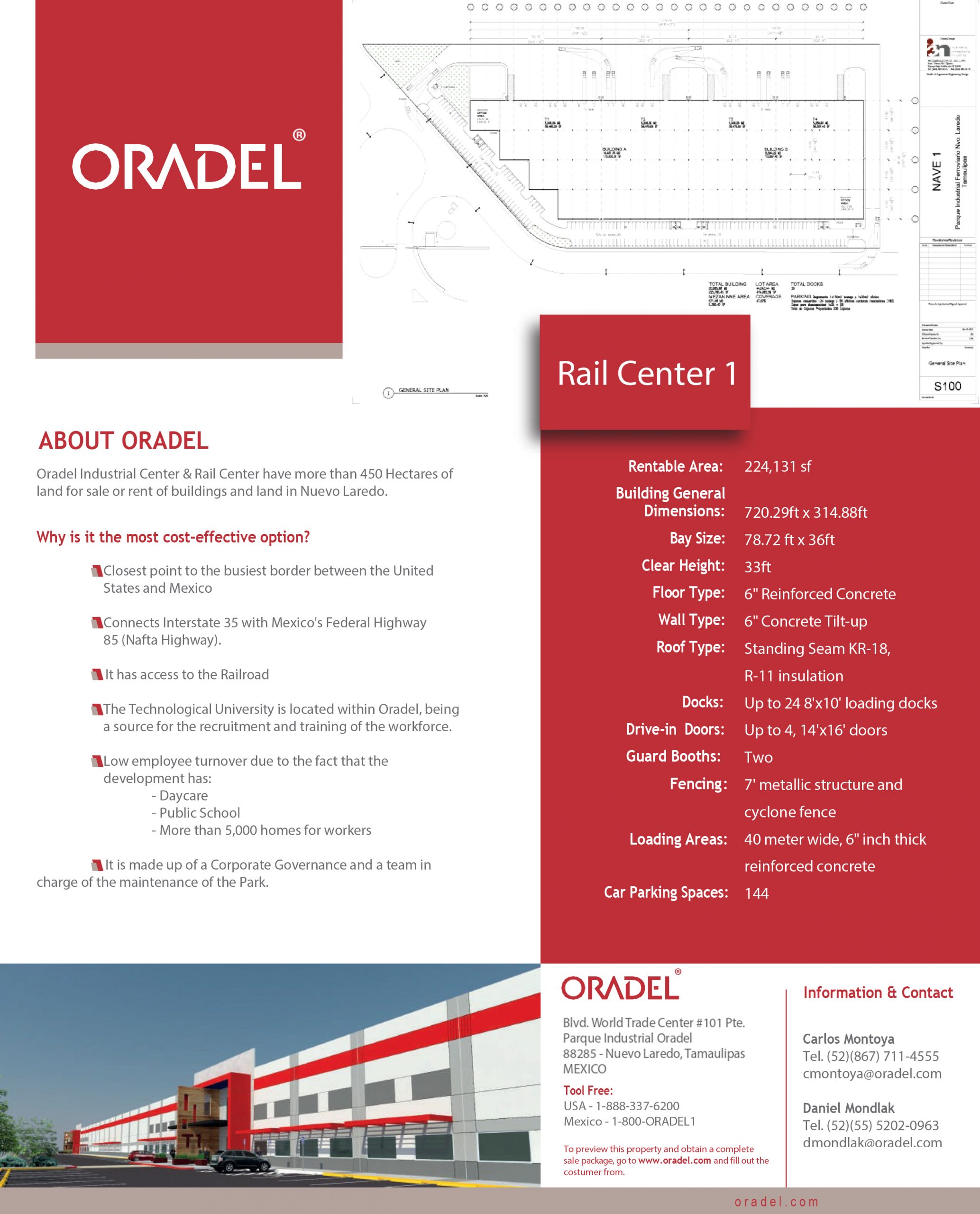Supply chain changes through 3D printing

Digital transformation and automation, solution for companies against coronavirus
26 June, 2020
COVID-19 and the future of manufacturing
13 July, 2020
Supply chain changes through 3D printing
3D printing, also known as Manufacturing Industry 4.0, is defined by Terry Wohlers of Wohlers Associates as the process of casting or joining materials layer by layer to create three-dimensional objects from computer models.
This technology can become an invaluable ally to take the pressure off the world’s supply chains after COVID-19.
One of the advantages of 3D printing is being able to produce sophisticated objects in just a few hours, and in times of crisis, such as the coronavirus pandemic. 3D printing could become a key tool for suppliers, manufacturers and designers to relieve the pressure on supply chains.
In times like these, when the economy is being hit by the health crisis, 3D printing can create efficient operating models and reduce dependence on suppliers in specific regions of the world.
All industries can benefit from these processes. In large production centers, manufacturing using 3D printing is being used more and more because it can reduce production times, thereby increasing productivity and making logistics processes more flexible.
Benefits of Manufacturing Industry 4.0
Some of the benefits of 3D printing are:
-
-Cost savings in component and spare part production: For example, Etihad Airways Engineering reached an agreement with BigRep, a large-scale 3D printing developer, to operate a workshop that produces components for maintenance, operations and repairs at its headquarters in Abu Dhabi.
-
-Shortening of supply chains: If a company manufactures its own replacement or spare parts, it will reduce operating costs, time, and its dependence on multiple suppliers located in different parts of the world.
-
-Immediacy: Traditional manufacturing models are totally dependent on a few local suppliers, as well as a distribution model that brings the final product closer to the customers. Therefore, 3D printing could revolutionize the ways that products can be obtained, immediately through online catalogues stored in the cloud.
Implementation of Industry 4.0 Manufacturing
The adoption of 3D printing has not been easy. According to a report by Essentium, a 3D printing solutions developer, many departments are finding it difficult to adopt 3D technology on a large scale.
This is due to the various challenges it presents. Many companies do not have the workforce trained to introduce these new technological tools.The current global challenges could boost the development of this technology in the short or medium term.
Oradel heading for Industry 4.0 Manufacturing
Oradel Industrial Center’s large area allows it to offer international companies the construction of industrial premises according to their needs, so they can introduce technology to their manufacturing operations.





